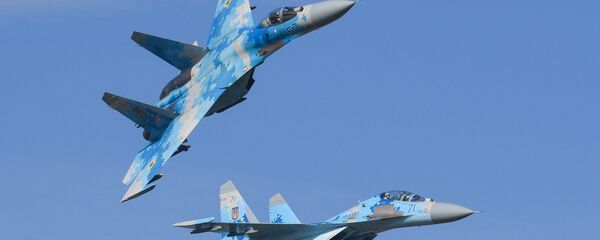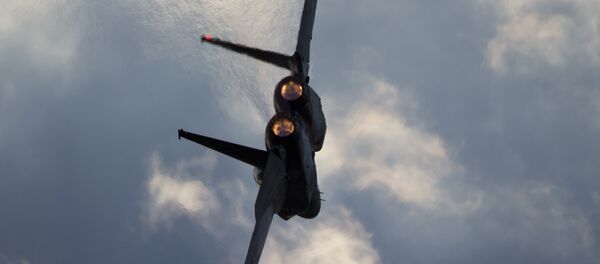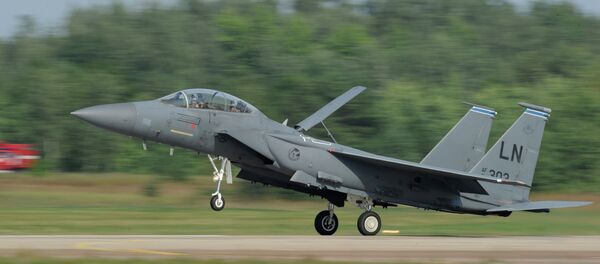The aircraft, which is assigned to the 142nd Fighter Wing unit out of the Portland Air National Guard Base, was in the middle of an alert training mission on February 21, 2019, when it malfunctioned.
Video footage captured by local news outlets shows the fighter jet coming to a stop on runway 28-L as its wingman takes off from the area moments later. The troubled bird was later met by various emergency vehicles.
The pilot did not suffer any injuries, and commercial air traffic was not affected by the military jet's landing.
Now, nearly two weeks after the series of events unfolded, questions regarding the cause of the in-flight error and the decision to dump the missiles have remained mostly unanswered by officials, who've largely cited the ongoing investigation as the reason for their silence.
When reached out to by Military.com, Steven Conklin, the spokesperson for the 142nd wing, told the publication that the cause of the flight mishap is still being investigated. Additionally, he explained that the controlled release of the jet's arsenal was done "for the safety of the pilot."
"It is required for our aircrew to put the aircraft in a safe configuration to land to ensure a successful recovery of the aircraft and pilot," Conklin said.
According to The Drive, the cost of the ditched missiles could be in the ballpark of $4.5 million on account of the fighter jet potentially carrying several different variants of air-to-air missiles.
An unidentified former F-15 pilot expanded on Conklin's remarks, saying that the service's standard procedure for emergency landings always calls for the plane to be "clean," which means no missiles can be present when it reaches the runway.
"In case you're coming back and you're potentially going to be sliding on the belly of the jet [because of the emergency]; you… just want the jet to be as clean as possible," the former pilot noted.
While dumping missiles ahead of an emergency landing is rare, in-flight emergencies are quite common when it comes to military jets.
And that's not all. That particular incident in Japan came just one day after an F-16D Fighting Falcon assigned to the Misawa Air Base in northern Japan was forced to land at a regional airport in the Aomori prefecture over a "leaky seal."




